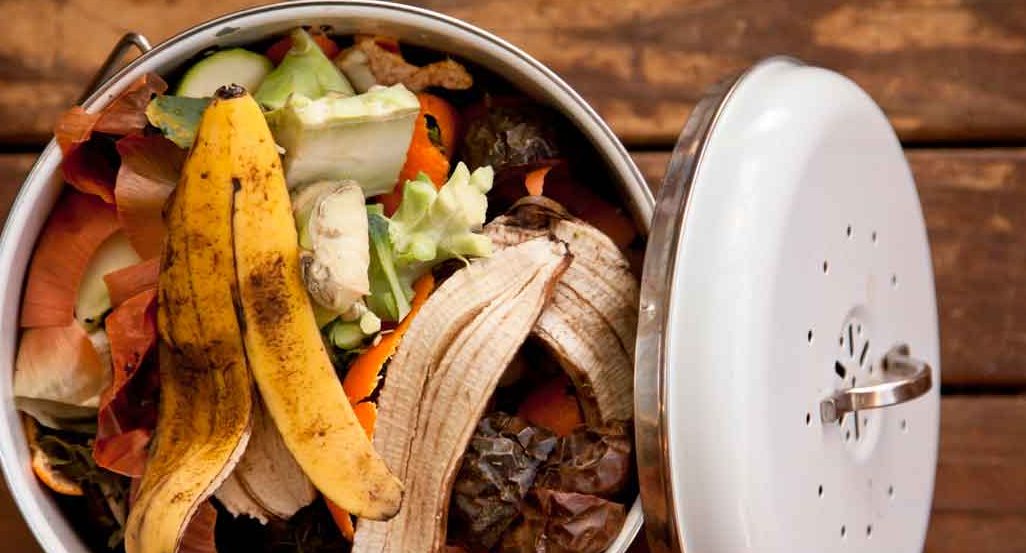Food Waste Is a Huge Problem

Food waste is a huge problem. We throw away the food we buy way too soon. Learn what you can do to minimize the problem with 10 ways to avoid wastage of food.
Americans throw away a lot of food — especially fruits and vegetables. We buy more than we will eat and throw it out because it no longer looks fresh. We also throw out packaged foods past use by, sell by, and best before dates on the labels. Yearly food waste in America adds up to about 1,200 calories per person per day.
But most of us think we waste less food than our neighbors do, just like we think we’re better drivers.
YOU MIGHT ALSO LIKE: Easy Healthy Dinner Recipes
Why we waste food
One reason Americans are so wasteful: Food isn’t expensive here. Americans spend 11 percent of our budgets on food, on average. Germans, on the other hand, spend more than 15 percent. The Swiss spend the most.
Another reason is those confusing expiration labels and American squeamishness about germs and dirt. The truth is, you’re not likely to get sick from something that fell on the floor for a second if you wash it. You are likely to get sick long-term — as in type 2 diabetes and heart disease — from what most of what you eat.
10 ways to avoid wastage of food
- Buy only what you need. Get three apples rather than a bag — even if the bag is a much better deal — if you know you won’t eat one every day.
- Plan to use up food. Before you go shopping, check what you have and fill in any gaps rather than routinely buying the same items.
- Once a week, use up the food in your refrigerator. See what you have in the kitchen and find a recipe that uses those ingredients. The “Waste Not, Want Not Cookbook” by Cinda Chavich is organized by ingredient, so you can find the right recipe easily.
- Be creative. Mushy bananas can go into a banana bread. You can freeze chunks and blend them later to make a low-calorie ice cream. Put leftover chicken in a salad.
- Understand labels. Smell food that has been stored for a while. Many foods aren’t spoiled for days, weeks, or even months after the date on the label. To clear up the confusion, manufacturers have been urged to label food “Use By” only if its perishable and could be dangerous after the date. Otherwise, the label should say “Best If Used By.”
- Appreciate leftovers. Some people think eating leftovers is punishment. Instead, appreciate that you’ve saved time and money if you eat them rather than make or buy something new.
- Keep older foods in the front of your refrigerator, where you’re most likely to choose them.
- Freeze. You’d be surprised what you can freeze: Milk, bread, cheese, avocado, raw eggs, and fruits and vegetables. Use clear bags or containers and label them. When you buy a loaf of bread, put it in the freezer and toast pieces when you need them. When you freeze milk, be sure to leave space for it to expand. You can put leftover wine in an ice cube tray and use a cube for cooking.
- Consider getting products that will lower your personal food waste statistics. As fruit and vegetables ripen, they release ethylene gas, which accelerates the process in other produce. But you can put discs that safely absorb ethylene gas in your produce bin, and keep everything fresher longer. Invest in a blender so you can make smoothies with less than perfect produce.
- When you order in food, ask the restaurant to leave out extras like tortillas, sauces, rice, or packaged plastic silverware. It might not work, but it’s worth the try. You can also save those little packets and use them later, rather than buying a bottle of ketchup.
If you’re planning a big dinner affair, look for a food pantry that will accept a donation of leftovers. The MEANS database allows you to post your donation for free where food pantries and other recipients can see it.
Updated:
August 04, 2023
Reviewed By:
Janet O’Dell, RN